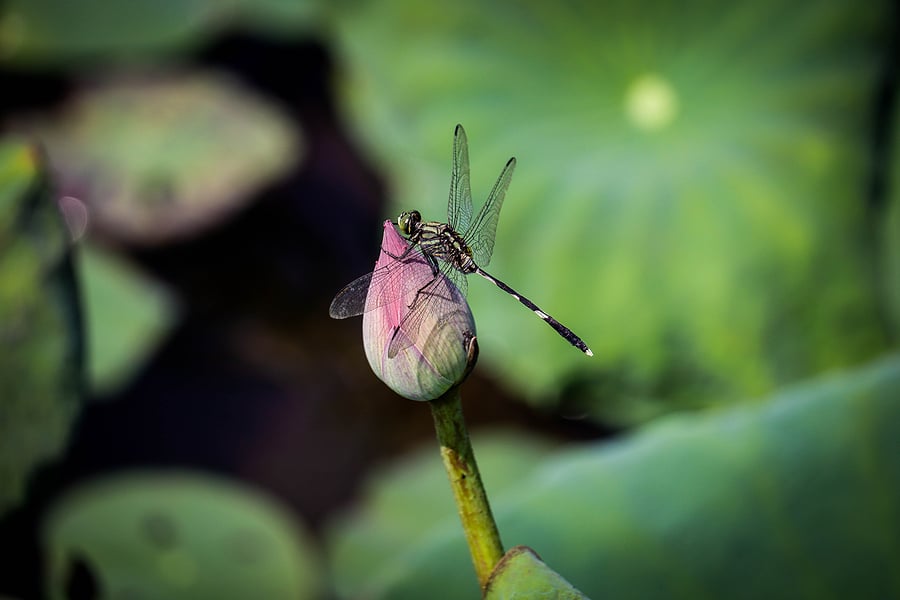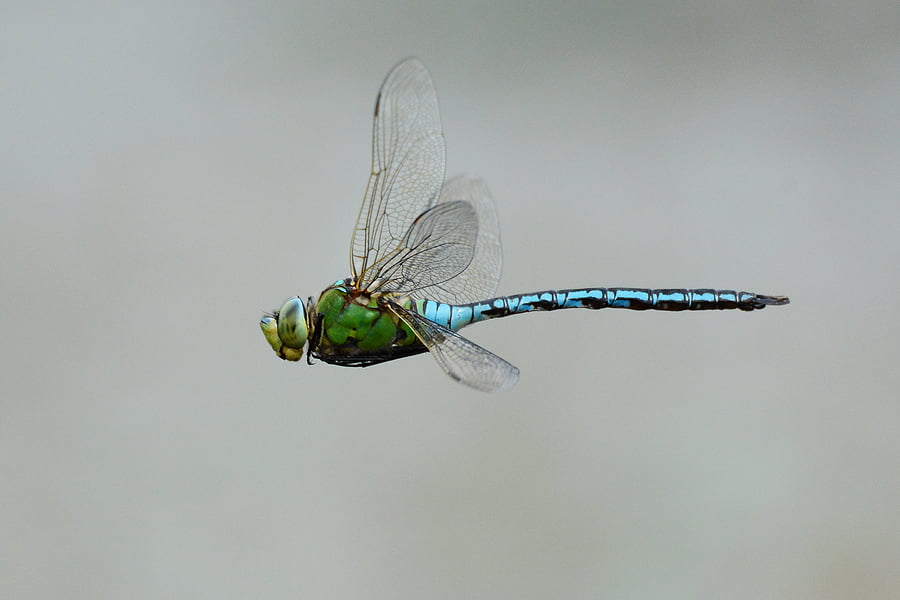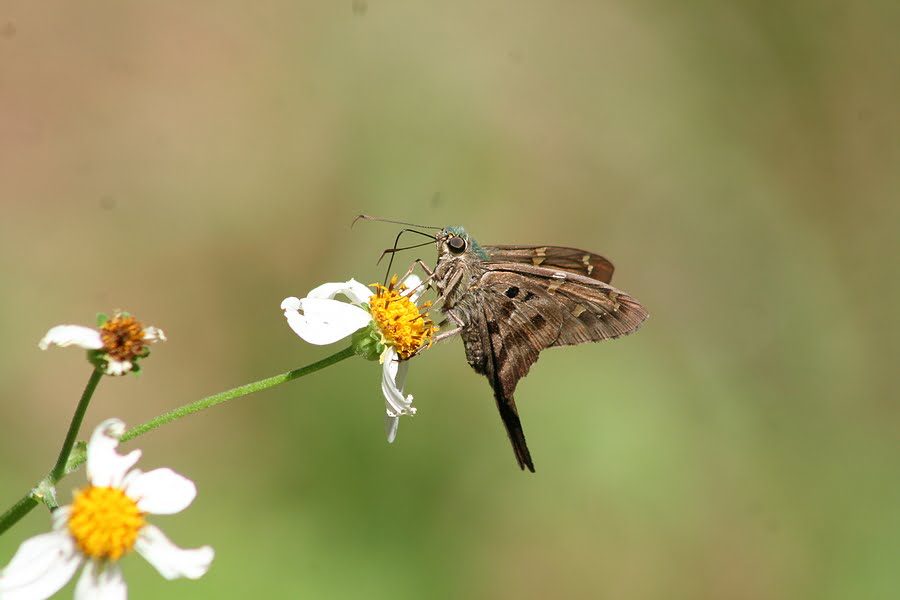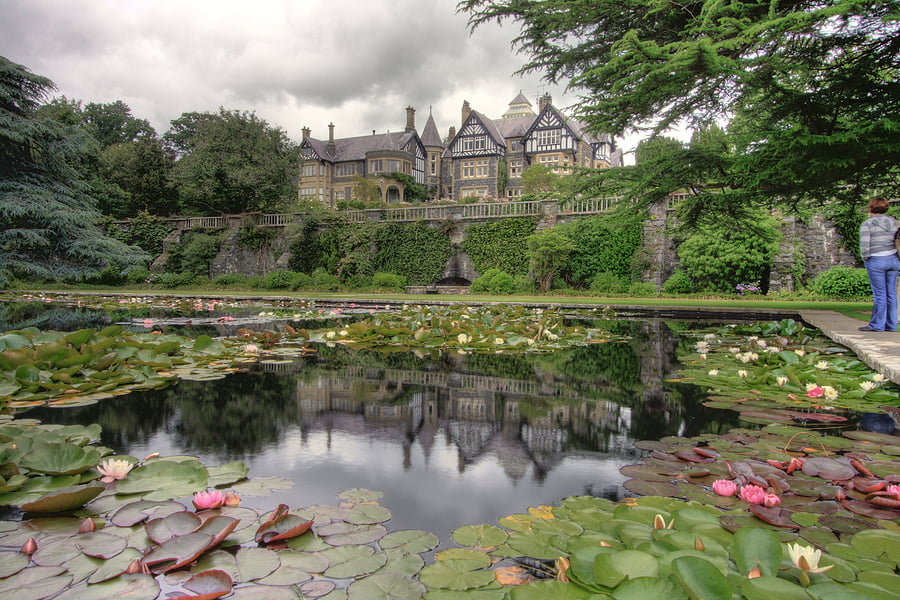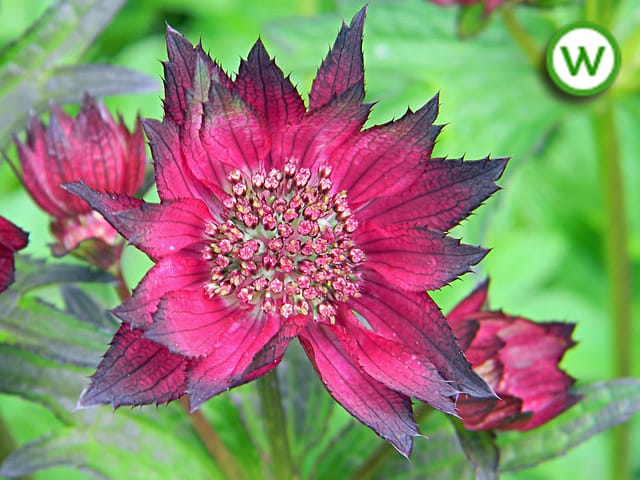
How Do You Create A Bog Garden?
14th June 2022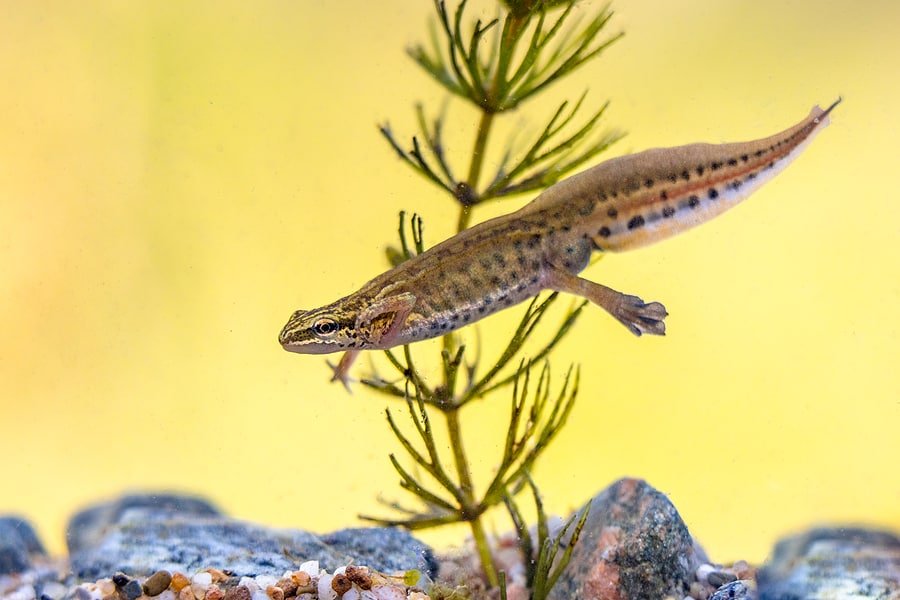
Have You Got Newts In Your Pond?
15th July 2022According to the Royal Horticultural Society, the British countryside has lost nearly 70% of its ponds over the past century. This means that adding even a small pond to your garden will provide a haven for wildlife, such as amphibians, diving beetles, dragonflies, swallows, grey herons, and even grass snakes.
You will probably notice some of these creatures no matter which pond plants you add, but to broaden the biodiversity of your pond, its helps to add some species which will mean they survive and thrive. Here are some ideas about which are the best plants to choose to attract and retain wildlife.
Add floating plants to provide resting stations and shade
Floating plants such as Waterlilies, which come in a myriad of different colours and flower through the summer, and Water hawthorn which produce attractive white strongly scented flowers in autumn through the winter (if mild enough) and spring, provide landing stations for insects and small birds. The leaves also provide shade and cover for pondlife in summer, and prevent too much sunlight entering the pond, which can stimulate excessive algae growth.
The RSPB recommends Frogbit, Ivy-leaved duckweed, and Water soldier for more wildlife friendly floating plant options. Personally we would avoid Ivy-leaved duckweed (Lemna triscula) as whilst not quite as much of a pain as Common duckweed (Lemna minor) it’s not far behind!
Add submerged plants for cover and oxygen
Submerged plants can grow under water, with some rootless species free- floating whilst others need to be weighted, anchored to the bottom with stones or rocks or planted in baskets so they have something to root into. There are a wide range of native submerged plants which will help to oxygenate the water, and provide cover from predators for tadpoles, newts and other wildlife.
The RSBP recommends water violet, hornwort, Willow moss, Water crowfoot Mare’s tail and Water starwort, amongst others. These plants help to keep the pond water healthy and well balanced by absorbing nitrates and other nutrients which would otherwise encourage the growth of nuisance algae in summer that can choke off other species.
Add emergent (marginal) plants to help insect larvae exit the water
Emergent plants grow in the shallower margins of the pond and emerge above the surface to flower, such as Water iris and Water plantain. You can also add rushes and sedges depending on the size of your pond. These types of taller strong plants provide a passage out of the water for the emerging insect larvae of Dragonflies and Damselflies. Some lower growing plants such as Bog bean and Water soldiers are also favoured by these nymphs.
Add emergent (marginal) plants to attract pollinators
Choose flowering plants to attract pollinators, such as Yellow flag iris, Marsh marigold, Water mint and Flowering rush. Which plants you choose will also be affected by the size of your pond. Too many tall or bulky plants will overwhelm it, and may prevent sunlight from reaching the water. Aim for a balance of sizes, colours, and textures.
Some of the lower growing/spreading plants like Water forget-me-not, Creeping jenny, Brooklime and Lesser spearwort flower for extended periods of time and also provide excellent shelter for pondlife.
Once you have a few well-chosen plants in place, with a good balance of deep water, submerged, floating, and marginal plants, you will create a fantastic habitat that wildlife will flock to and thrive in, creating a very diverse ecosystem.


